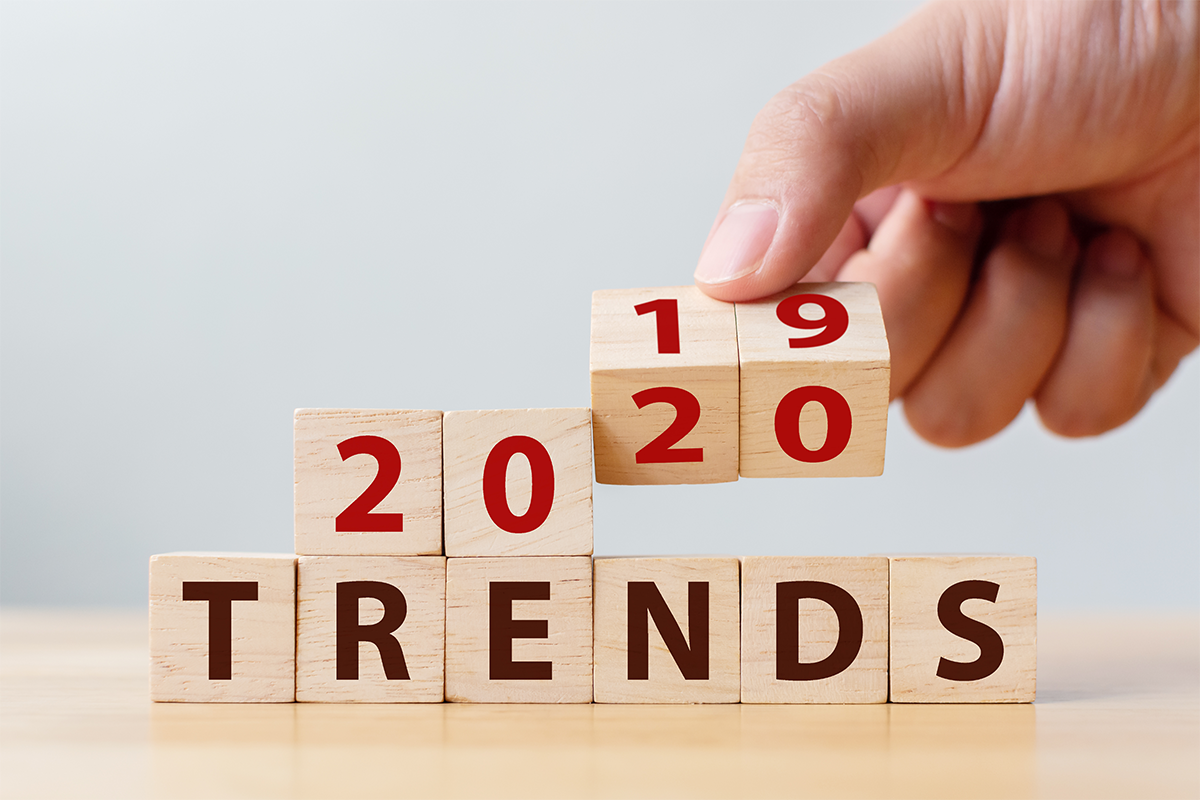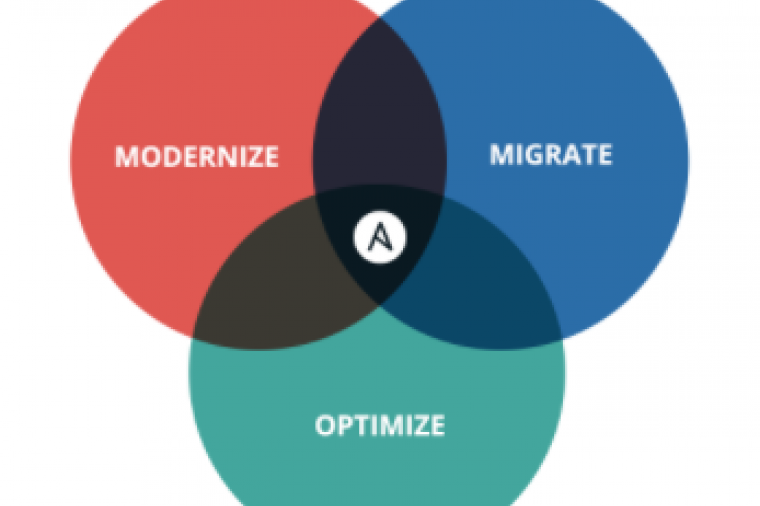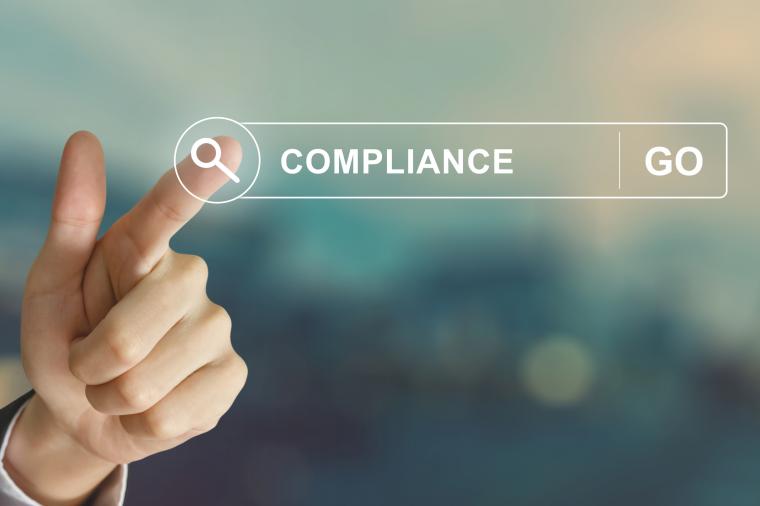
2019 has ended with more uncertainty than normal—even than the federal government is used to. Last year at this time, of course, Christmas brought the advent of a record-long lapse in appropriations for about half the departments and agencies. The exceptions of Homeland Security, Defense and Veterans Affairs kept IT dollars flowing, but the partial shutdown left its mark nonetheless.
The ugly impeachment process working its way down the hall from the house to the Senate might be a psychic distraction but will have no effect on IT procurement.
To the contrary – and notwithstanding that election years tend to be flat in terms of contracting outlays – some outstanding opportunities lie ahead in 2020. That’s because the recently updated IT policies from the Office of Management and Budget refresh the government’s push to modernize.
For example, the latest version of the Trusted Internet Connection, or TIC, allows multiple pathways to connect. It stems in part from the realization that, in the era of cloud computing, a given agency needs more than a single path.
But TIC 3.0 has effects beyond its immediate secure connection purpose. By easing cloud connections, it also opens up ways for agencies to move more mission applications to the cloud, applications beyond email and productivity tools. And it will open the way for new development that’s cloud-native from the outset.
Development, too, is undergoing a lot of change. Agencies are moving past the age of virtual machines to microservices and containerization, all done in agile, DevOps modes. DevSecOps, more accurately, as the cybersecurity crisis sparks programming in a “delivered secure” condition.
The drive to deploy new or improved digital services will continue in 2020, partly enabled by more flexible cloud access and partly by other policy such as Cloud Smart (the successor policy to Cloud First). Soon OMB will issue a long-awaited update to its federal data strategy. Expect that to inform how agencies approach digital services and new applications generally.
At the front end, new public-facing applications, as well as modernizing applications used internally, will spark demand for agile development, as well as journey-mapping, user experience and usability services. At the back end, expect a sharp increase in demand for data-related products and services.
It’s dawning on agency tech staffs that they’ve got to move past early 2000s approaches to data analytics, which often meant pooling raw data sets into lakes or data marts. The new approach involves much more careful curation of data sets that will feed an application, such as an instance of artificial intelligence or direct online service. And it requires unifying and otherwise pre-conditioning of data to enable more efficient storage, transfer and processing.
Modernization will also mean expanding efforts to update bread-and-butter legacy systems, as evidenced by the types of projects getting money from the Technology Modernization Fund.
Suppliers to federal agencies have a challenge of their own in the form of the Cybersecurity Maturity Model Certification (CMMC) initiative. This Defense project ultimately will require all contractors to prove they adhere to cybersecurity best practices. It may be a while in the practical sense, as the ecosystem of third-part certifiers builds. But supply chain cybersecurity is a big deal, and contractors should plan to get with the program in the coming year.

















































